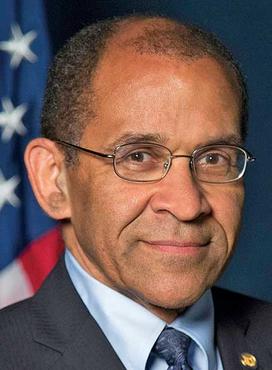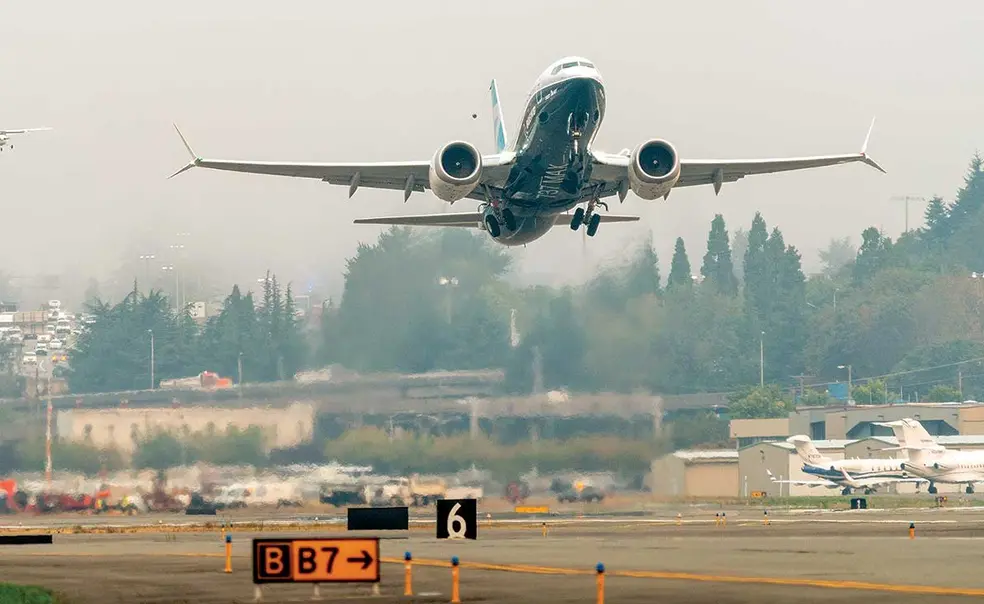Christopher Hart ’69 *71 Helps Boeing Planes Return Safely to Skies
Hart’s regulatory team found failures to communicate between Boeing and the FAA
The Boeing 737 MAX is scheduled to return to the air early next year, and both the company and the Federal Aviation Administration say they are confident they have fixed the problems that caused two fatal crashes. Behind the technical failures, though, was a regulatory failure that led the FAA to approve a plane that was not safe to fly. That failure was the subject of a report issued by a unique multinational committee, known as the Joint Authorities Technical Review (JATR), headed by Christopher Hart ’69 *71, a former chair of the National Transportation Safety Board.
A licensed pilot himself, Hart has always been interested in flying. His great uncle, James Banning, was the first African American to receive a pilot’s license issued by the U.S. government, in 1926. After earning a master’s degree in aeronautical engineering at Princeton and a J.D. from Harvard Law School, Hart embarked on a long career in regulatory oversight for the transportation industry. He served on the NTSB from 2009 to 2018, including two years as its chair. That made him a natural choice to head a committee investigating a regulatory failure.

The FAA grounded the 737 MAX in April 2019 after crashes in Indonesia and Ethiopia killed a total of 346 passengers and crew. Because the crashes occurred overseas and involved foreign carriers, the FAA took the unusual step of inviting experts from eight other countries and the European Union to join the investigating group. Representatives from NASA, which also has extensive experience in computerized aviation, joined as well.
Meeting at the FAA’s field office in Seattle, the JATR worked for six months, delivering its final report on Oct. 11, 2019. It found that Boeing had provided information about the plane’s computerized flight-control system, known as the Maneuvering Characteristics Augmentation System (MCAS), to the FAA piecemeal and to different groups within the agency, and in some cases neglected to provide important information at all, which prevented the FAA from fully understanding the system, identifying potential problems in it, and ensuring that pilots were trained in how to handle them.
“We saw a lot of failures to communicate between Boeing and the FAA, but we didn’t find any intentional hiding of information,” Hart says. “The certification process had become so bureaucratic and complex that it was not being managed.”
The JATR’s recommendations were not binding, but Hart says he is optimistic that they will be adopted. “I am so impressed that the FAA chose to do this, which was basically form an international peer review of their certification process,” he says. “How many regulators would let outsiders look at how they do business and then make that public?”
Although the JATR was not asked to certify the airworthiness of the 737 MAX, one can’t help but ask: Would Hart have any hesitation about flying on one when the fleet finally returns to the air?
“Not at all,” he replies. “I’m confident that after this plane goes through all the hoops and hurdles it has to go through, it will probably be the safest airplane out there.”












No responses yet